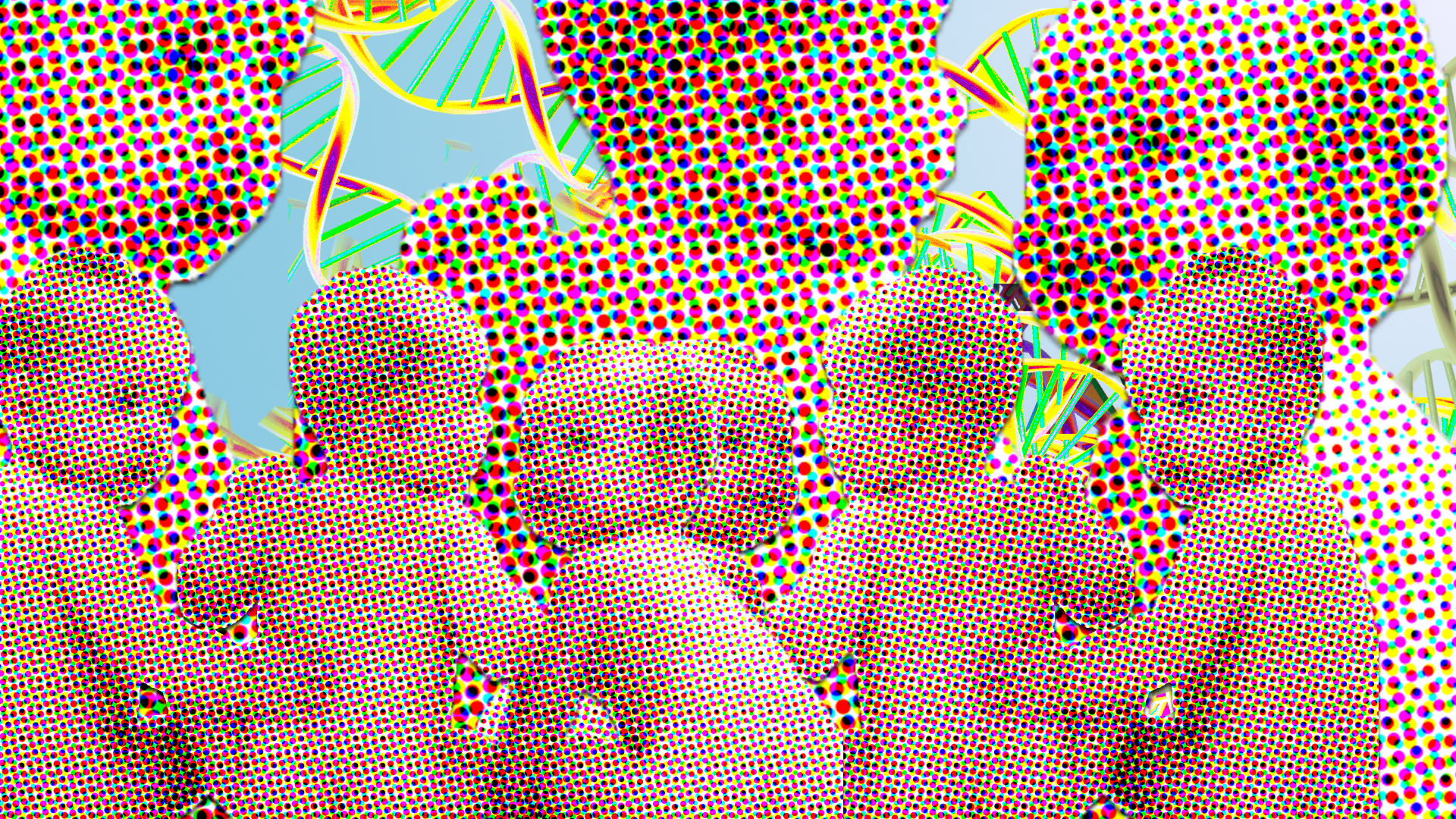What we do
About our project
Background information
The management of neonatal erythroderma is difficult group because this condition has many possible underlying causes. Many of the affected children experience a chronic benign course, but immunodeficiencies can lead to complications and death if not treated on time.
Overall aim
The main objective of the study is to find a definite diagnosis in a short time before complications occur. The best treatment can then start.
Research method
A multidisciplinary protocol is used nationwide in the Netherlands. For genetic analysis, the Wilhelmina’s Children Hospital (WKZ) in Utrecht actively participates using Next Generation Sequencing on the basis of a dedicated gene panel.
Desirable outcome
Through this study we hope to obtain more detailed information about patients with neonatal erythroderma and collodion babies that can help us finding a diagnosis fast, preferably within two weeks.

Publications
Congenital erythroderma should be considered as an urgent warning sign of immunodeficiency: a case of Omenn syndrome.Cuperus E, Montfrans JMV, Gijn MEV, Bastiaens MT, Willigen MM, Leguit RJ6, Brijnzeel-Koomen CA, RusseL IM, Pasmans SG. (2017). Eur J Dermatol. 2017 Jun 1;27(3):313-314.
